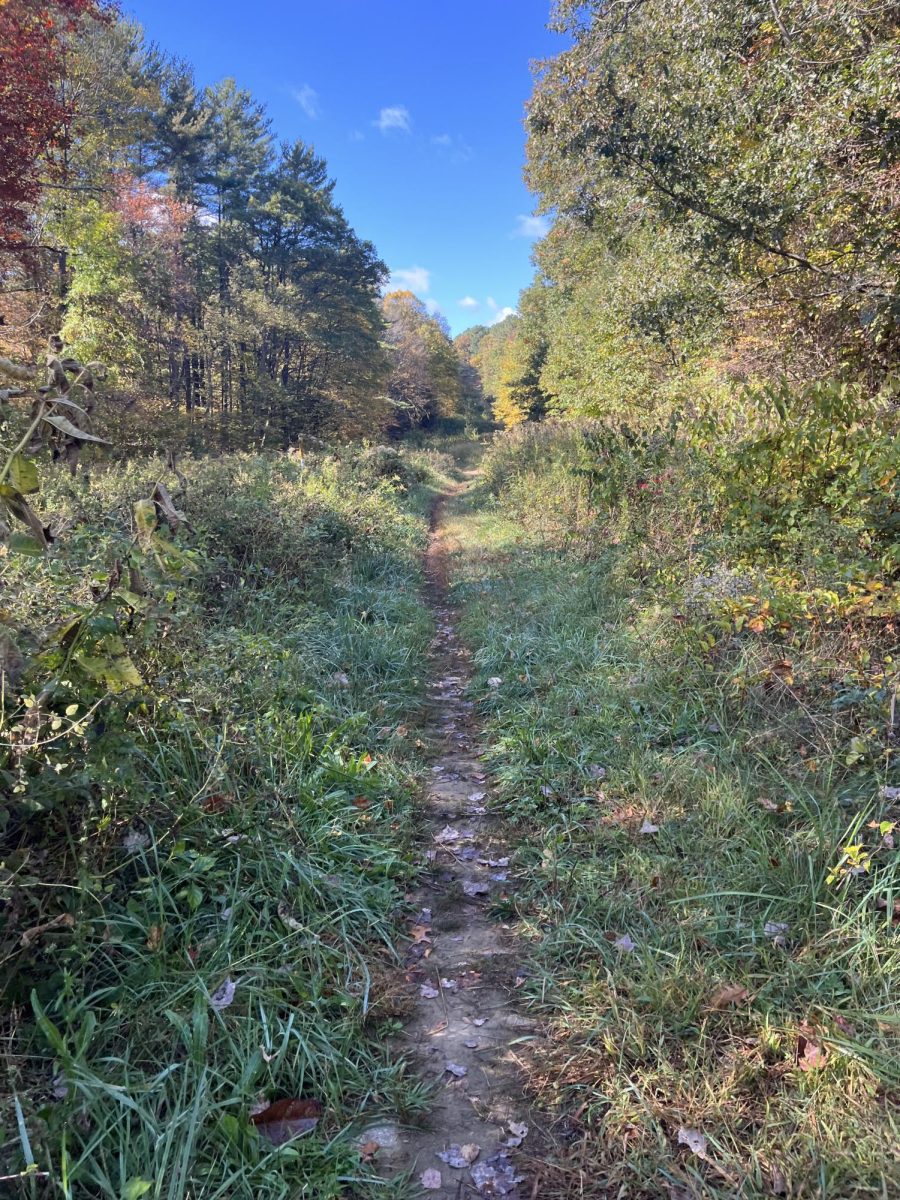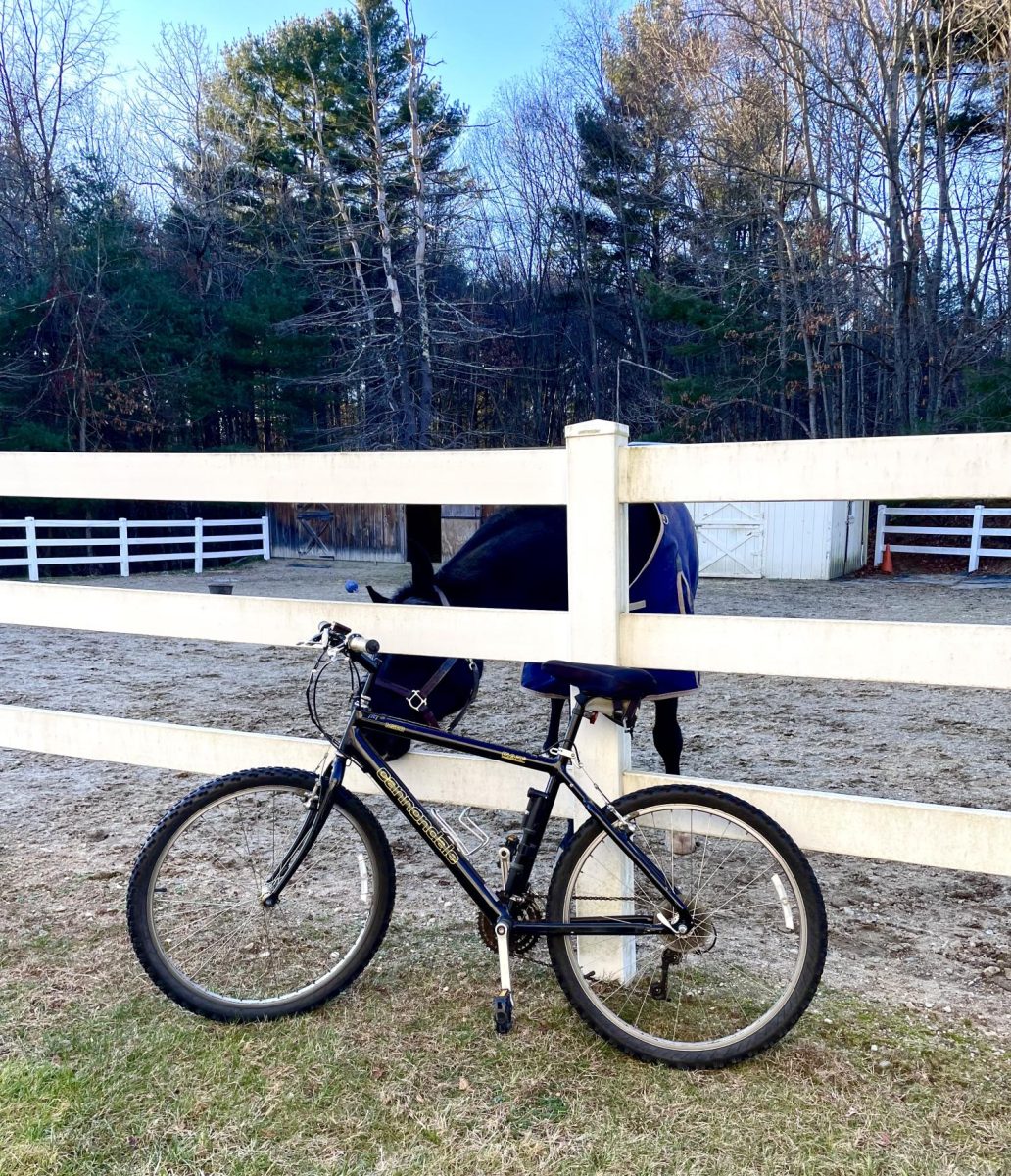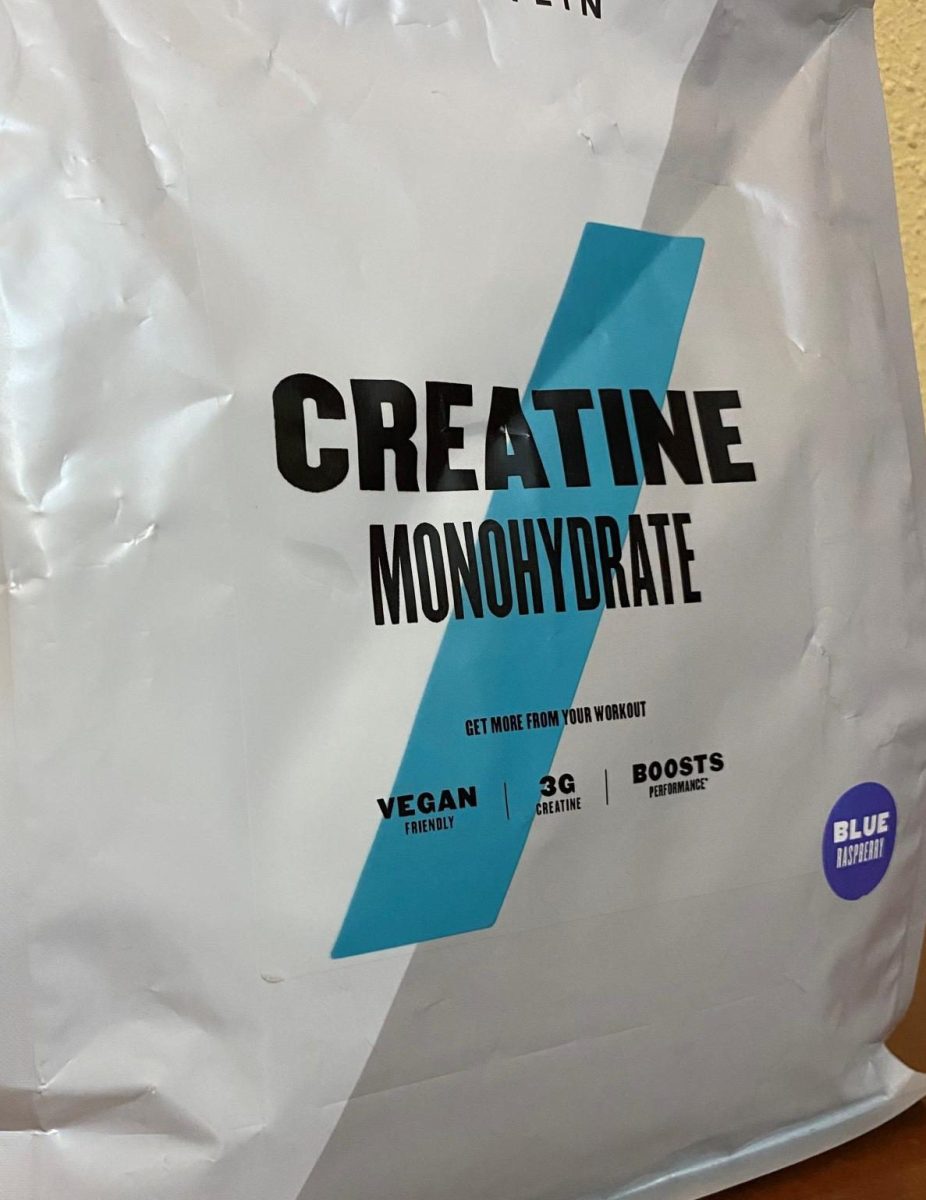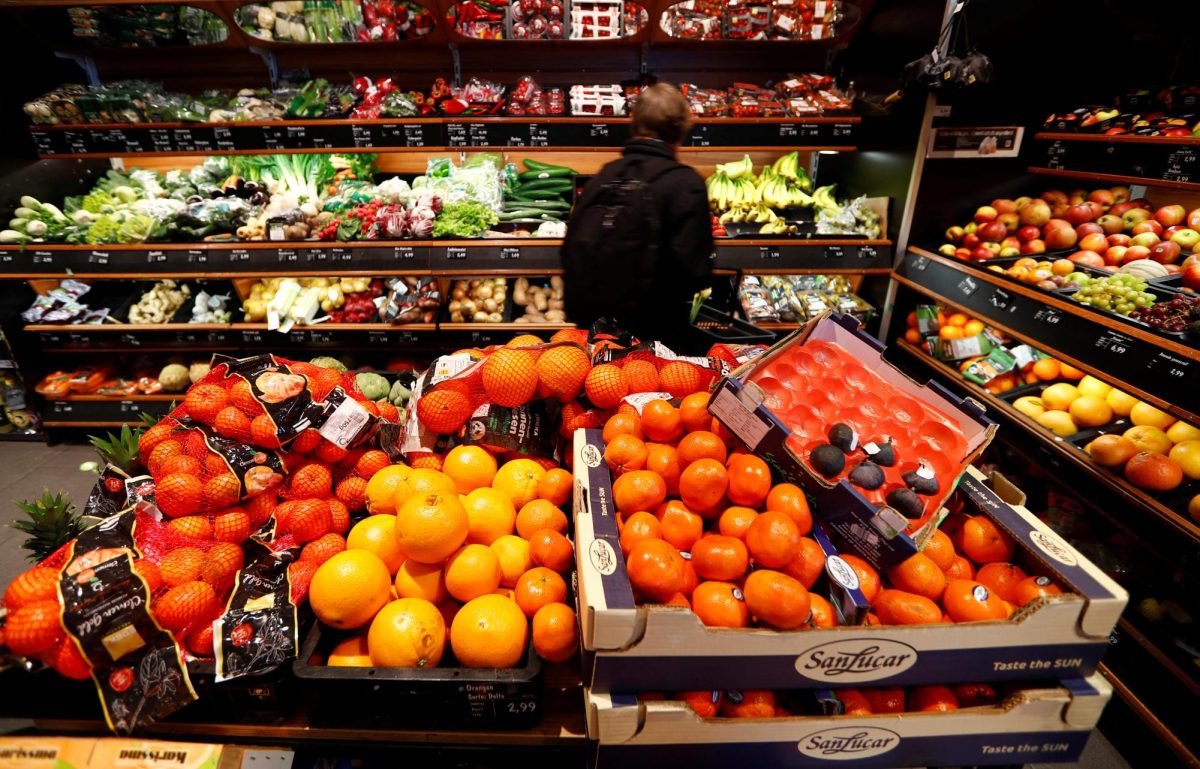Reality of CAFOs
What goes on behind closed gates?
March 21, 2023
To all of the meat eaters out there–do you know what goes into your food? If you buy your meat from sustainable sources, perhaps you do. However, if you buy it from the grocery store, that’s a different story.
To start, what is a CAFO?
The acronym stands for Concentrated Animal Feeding Operation. These are plots of land that hold animals in captivity for our consumption, mostly for meat, dairy or eggs. CAFOs are mostly located in rural areas because they not only need space to contain the animals but they are also disturbing for nearby citizens.
There are many pros and cons to these organizations. What does it mean to you? Only you can decide.
CAFOs are crucial to America as they are one of the most relied on sources of food due to their efficiency. Looking at numbers from USDA ERS, the following includes the availability of different meats in 2021:
“In 2021, 68.1 pounds of chicken per person were available for human consumption in the United States (on a boneless, edible basis), compared to 56.2 pounds of beef. The availability of chicken began its upward climb in the 1940s, overtaking pork availability in 1996 and surpassing beef in 2010 to become the meat most available for U.S. consumption. Since 1980, U.S. chicken availability per person has more than doubled. In 2021, 47.5 pounds of pork per person were available for consumption.”
Consuming this much meat could likely be more harmful than good. There are many factors that go into this reasoning.
What are they? For starters, most of these animals are contained in spaces way smaller than recommended, and even worse, treated with little to no remorse.
“Most CAFO animals are fed genetically engineered feed – mostly corn and soy. Both of which are heavily sprayed with herbicides like roundup (which has glyphosate).” This means that (like us) the chemicals they consume in their diet carries into their bloodstream, and then their muscles, which we eat.
That’s not all. A lot of the meat you see in stores contain antibiotics used to limit the risk of sickness in the animals. It is good to not eat sick animals. But at what cost? The excessive amount of antibiotics can build up resistance over time. This can lead to a more difficult fight with antibiotic resistant bacteria.
According to the Sierra Club, waste from CAFOs are NOT treated. Here are some other facts about the contamination from CAFOs.
- The amount of urine and feces produced by the smallest CAFO is equivalent to the quantity of urine and feces produced by 16,000 humans.
- CAFO waste is usually not treated to reduce disease-causing pathogens, nor to remove chemicals, pharmaceuticals, heavy metals, or other pollutants.
- Over 168 gasses are emitted from CAFO waste, including hazardous chemicals such as ammonia, hydrogen sulfide, and methane.
- Airborne particulate matter is found near CAFOs and can carry disease-causing bacteria, fungus, or other pathogens.
- Infestations of flies, rats, and other vermin are commonplace around CAFOs and therefore around CAFO neighbors.
It is important to remember that CAFOs not only produce meat, but eggs and milk as well.
CAFOs spread many contaminants, whether that’s through the runoff water, air, or even by dirt. Some farms use waste from CAFOs (keep in mind what’s in it) to fertilize their soil. This can cause the humans located nearby to consume these particles, hence causing health problems.
Here is an excerpt by cdc.gov on the emissions from CAFOs:
“The increased clustering and growth of CAFOs has led to growing environmental problems in many communities. The excess production of manure and problems with storage or manure management can affect ground and surface water quality. Emissions from degrading manure and livestock digestive processes produce air pollutants that often affect ambient air quality in communities surrounding CAFOs. CAFOs can also be the source of greenhouse gasses, which contribute to global climate change. All of the environmental problems with CAFOs have a direct impact on human health and welfare for communities that contain large industrial farms. As the following sections demonstrate, human health can suffer because of contaminated air and degraded water quality, or from diseases spread from farms. Quality of life can suffer because of odors or insect vectors surrounding farms, and property values can drop, affecting the financial stability of a community. One study found that 82.8% of those living near and 89.5% of those living far from CAFOs believed that their property values decreased, and 92.2% of those living near and 78.9% of those living far from CAFOs believed the odor from manure was a problem. The study found that real estate values had not dropped and odor infestations were not validated by local governmental staff in the areas. However, the concerns show that CAFOs remain contentious in communities (Schmalzried and Fallon, 2007). CAFOs are an excellent example of how environmental problems can directly impact human and community well-being.”
While there are many concerns or downsides, there are benefits as well. Here are some potential benefits: “When properly managed, located, and monitored, CAFOs can provide a low-cost source of meat, milk, and eggs, due to efficient feeding and housing of animals, increased facility size, and animal specialization. When CAFOs are proposed in a local area, it is usually argued that they will enhance the local economy and increase employment. The effects of using local materials, feed, and livestock are argued to ripple throughout the economy, and increased tax expenditures will lead to increased funds for schools and infrastructure.”
There is also evidence that the closer you are to a CAFO, the lower your property value will be.
While some may cherish the usages and benefits of CAFOs, others may find it particularly disturbing.
Look here for more information.







































Ms. O'Neil • Mar 26, 2023 at 8:27 am
Awesome article, Shayla. Well done.
Jordan • Mar 24, 2023 at 11:11 am
Great work!